一、list的模拟实现
#include<iostream>
#include<assert.h>
#pragma once
namespace jyr
{template<class T>struct _list_node{_list_node<T>* _next;_list_node<T>* _prev;T _data;_list_node(const T& val = T()):_next(nullptr), _prev(nullptr), _data(val){}};template<class T,class Ref,class Ptr>struct _list_iterator{typedef _list_node<T> Node;typedef _list_iterator<T, Ref, Ptr> Self;Node* _node;_list_iterator(Node* node):_node(node){}//*it,返回_dataRef operator*(){return _node->_data;}//it->datePtr operator->(){return &_node->_data;}//it++,返回还是一个迭代器,前置加加Self& operator++(){_node = _node->_next;return *this;}//前置--Self& operator--(){_node = _node->_prev;return *this;}//后置加加Self operator++(int){Self tmp(*this); //创建临时变量返回,后置加加,加加之前不变//_list_iterator<T>tmp = *this;_node = _node->_next;//++(*this)return tmp;}//后置减减Self operator--(int){Self tmp(*this);_node = _node->_prev;return tmp;}//==bool operator ==(const Self& it){return _node = it._node;}//it!=end()bool operator!=(const Self& it){return _node != it._node;}};template<class T>class list{public:typedef _list_node<T> Node;public:typedef _list_iterator<T,T&,T*> iterator;typedef _list_iterator<T,const T&,const T*> const_iterator;iterator begin() //第一个数据的迭代器,节点的指针构建迭代器{return iterator(_head->_next);}iterator end() {return iterator(_head);}const_iterator begin() const{return const_iterator(_head->_next);}const_iterator end() const{return const_iterator(_head);}//带头双向循环链表list() //list的构造{_head = new Node;_head->_next = _head;_head->_prev = _head;} //l2(l1)list(const list<T>& l1) //拷贝构造{//链表的最初状态_head = new Node;_head->_next = _head;_head->_prev = _head;//const_iterator it = l1.begin(); //构造一个const迭代器尾插到新的迭代器中//while (it != l1.end())//{// this->push_back(*it);// it++;//}for (auto e : l1){push_back(e);}}list<T>& operator=(const list<T>& l1){if (this != &l1){clear();for (auto e : l1){push_back(e);}}return *this;}//现代版的拷贝构造//list<T>& operator=(list<T> l1)//{// swap(_head, l1._head);// return *this;//}void clear(){iterator it = begin();while (it != end()){erase(it++); //erase要自己单独实现出来}}~list() //析构函数{clear(); //clear没有删除头结点delete _head;_head = nullptr;}size_t size() const{}bool empty() const{return _head->_next == _head->_prev;}//T x 如果T类型是vector或者是string就造成了深拷贝,那么就得传引用,传引用不改变x就加constvoid push_back(const T& x) {//Node* tail = _head->_prev;//Node* newnode = new Node(x);//tail->_next = newnode;//newnode->_prev = tail;//newnode->_next = _head;//_head->_prev = newnode;insert(end(), x);}void push_front(const T& x){insert(begin(), x);}void insert(iterator pos, const T& x) //在pos这个迭代器的前面插入一个节点{Node* newnode = new Node(x);//pos 是个迭代器,而迭代器又是节点的指针,所以可以通过迭代器找到这个节点Node* cur = pos._node;Node* prev = cur->_prev;prev->_next = newnode;newnode->_prev = prev;newnode->_next = cur;cur->_prev = newnode;//return iterator(newnode);}void pop_back(){erase(--end());}void pop_front(){erase(begin());//end是最后一个有效数据的下一个位置,所以end先减减,删除end减减的位置}void erase(iterator pos){//pos是一个迭代器,节点的指针,可以找到这个节点//找到要删除的节点delassert(pos != end());//头结点不能删除Node* del = pos._node;Node* next = del->_next;//假设有1 2 3节点,要删除pos位置2节点,//先2节点的前一个节点1节点的下一个节点指向2指向的3节点//然后要把3和1链接起来,把3的前一个节点指向1,//2的下一个节点3节点的前一个节点指向2的前一个节点//删除2del->_prev->_next = del->_next; del->_next->_prev = del->_prev;delete del;//return iterator(next);//返回节点的下一个位置}private:Node* _head;};void testlist1(){list<int> lt1;lt1.push_back(1);lt1.push_back(2);lt1.push_back(10);lt1.push_back(20);lt1.pop_back();list<int>::iterator it = lt1.begin();while (it != lt1.end()){std::cout << *it << " ";++it;}std::cout << std::endl;}struct Date{int _year = 0;int _month = 1;int _day = 1;};void print_list(const list<int>& lt1){list<int>::const_iterator it = lt1.begin();while (it != lt1.end()){std::cout << *it << " ";it++;}std::cout << std::endl;}void testlist2(){list<Date> lt1;lt1.push_back(Date());lt1.push_back(Date());list<Date>::iterator it = lt1.begin();while (it != lt1.end()){/*std::cout << *it << " ";*///it->Date->_year std::cout << it->_year << ":" << it->_month << ":" << it->_day << std::endl;std::cout << (*it)._year << ":" << (*it)._month << ":" << (*it)._day << std::endl;++it;}//print_list(lt1);}void testlist3(){list<int> l1;l1.push_back(1);l1.push_back(2);l1.push_back(3);l1.push_back(4);list<int>l2(l1); //拷贝构造,用l1拷贝构造l2for (auto e : l1){std::cout << e << " ";}std::cout << std::endl;for (auto e : l2){std::cout << e << " ";}std::cout << std::endl;}
}
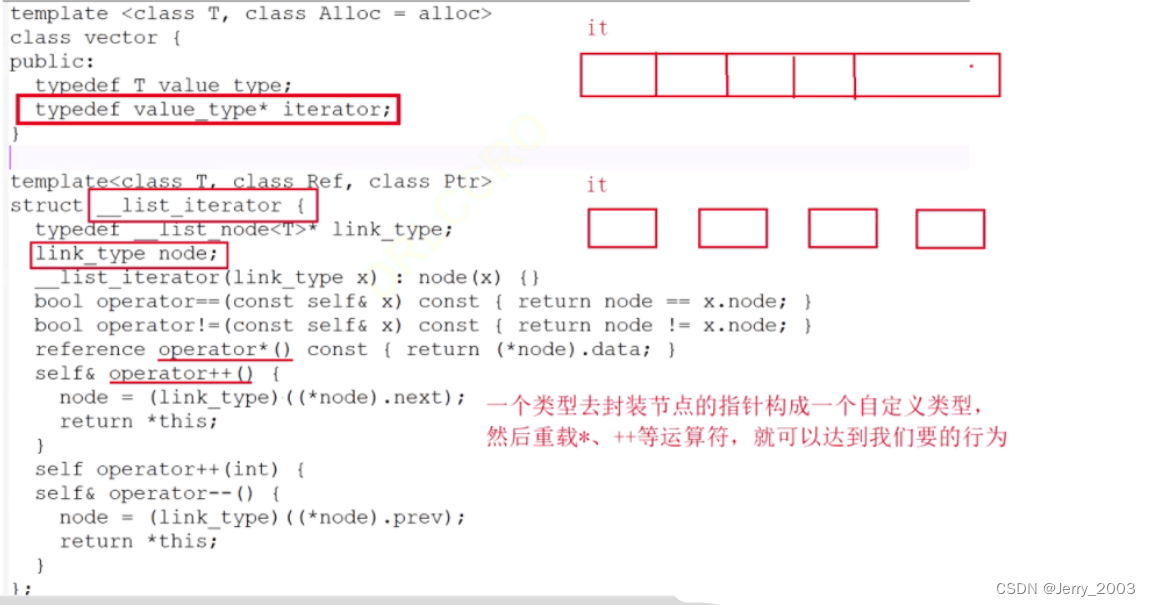
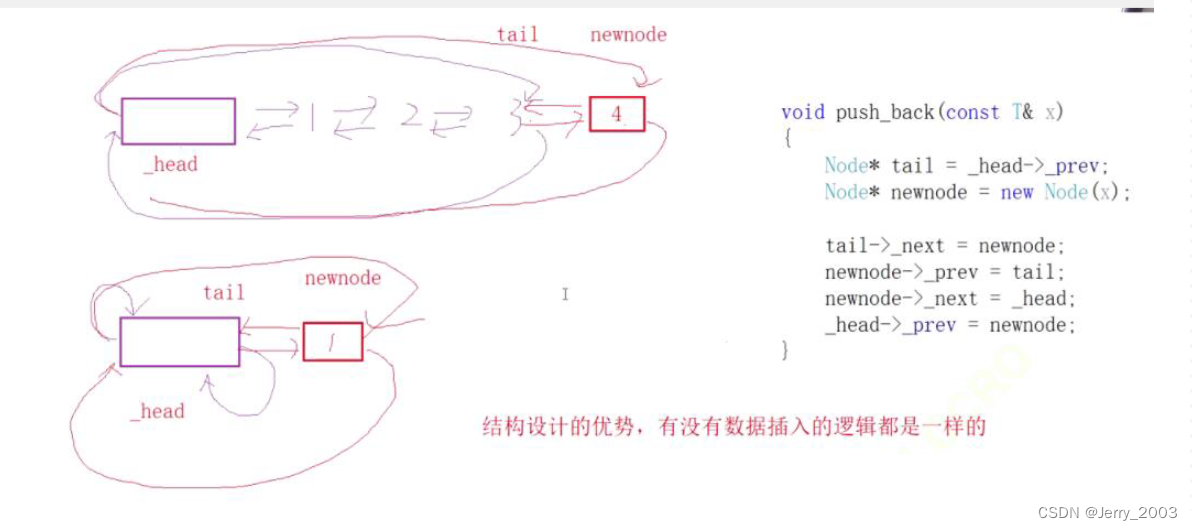
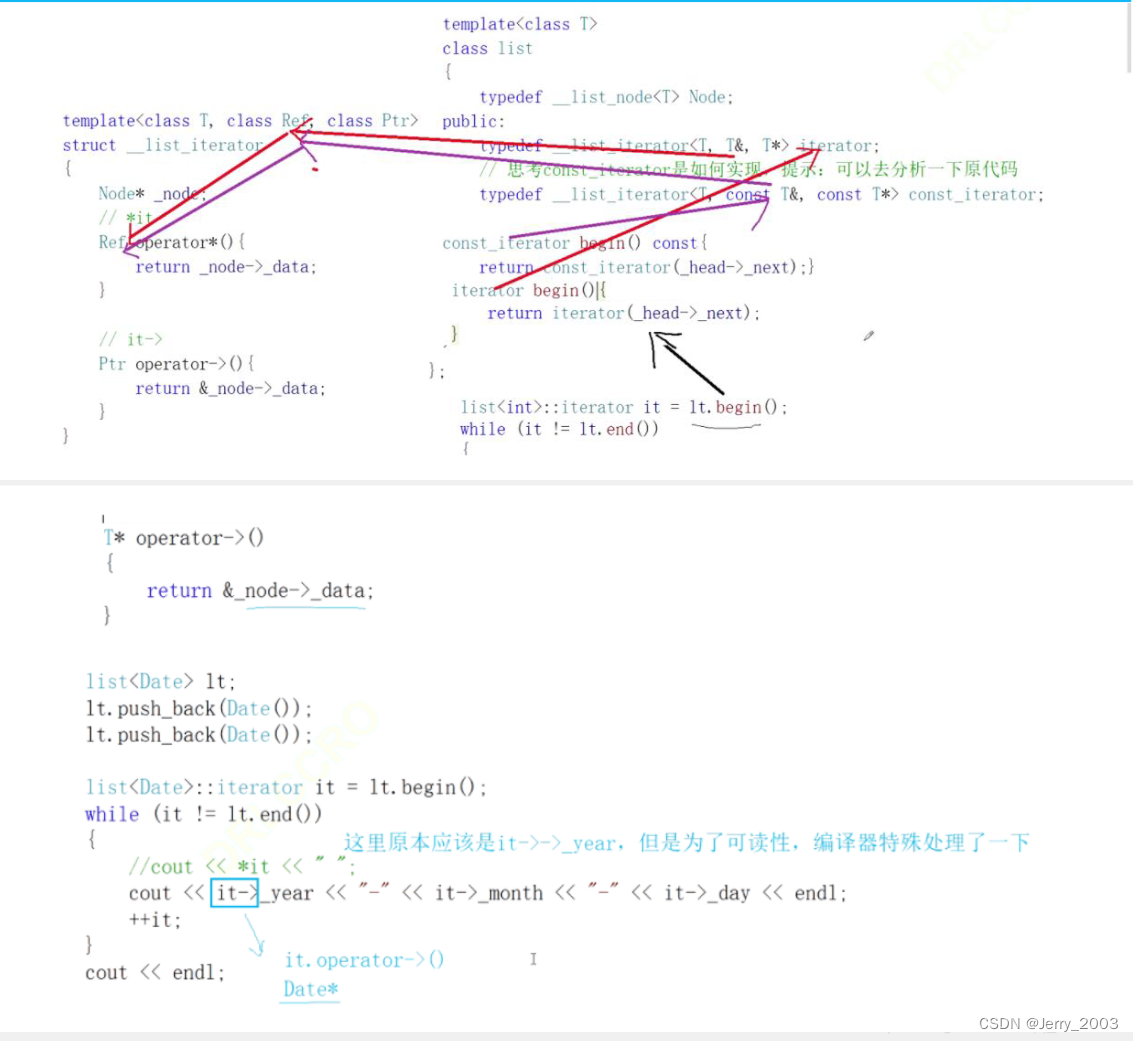
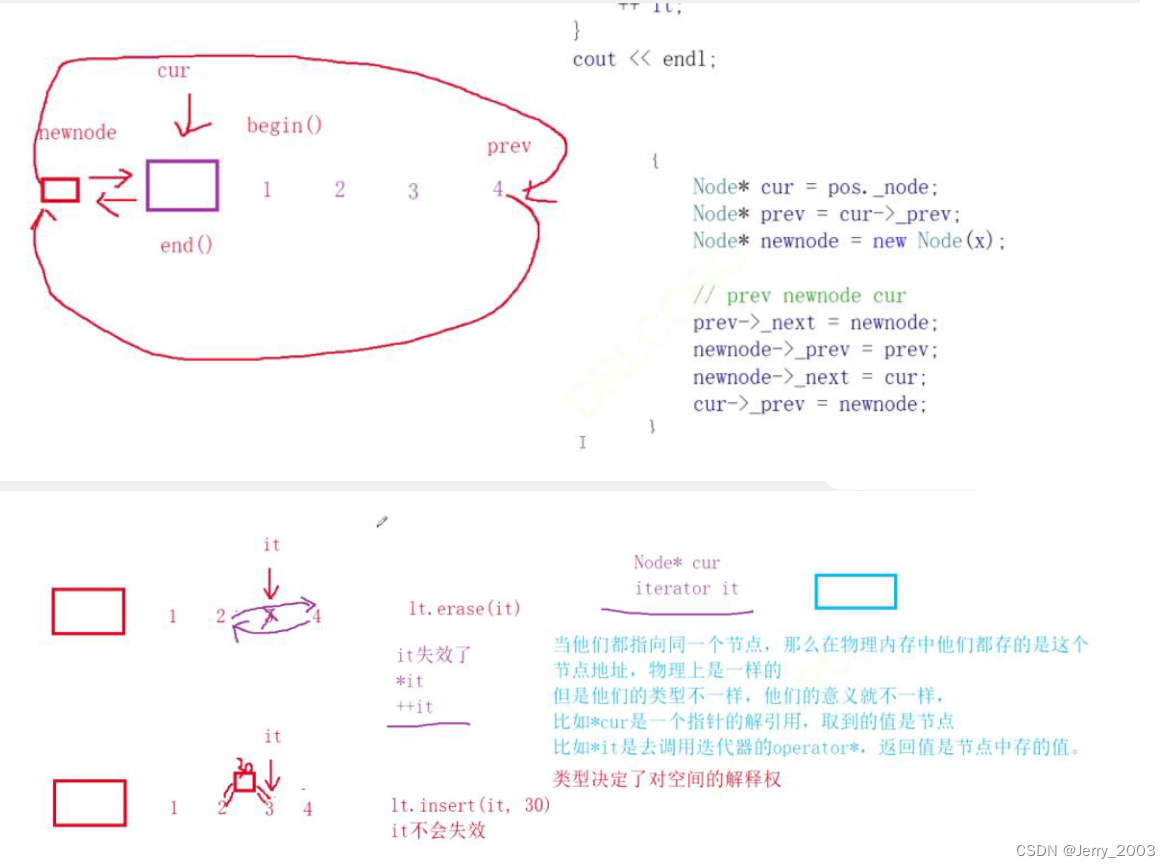
二、list与vector之间的对比
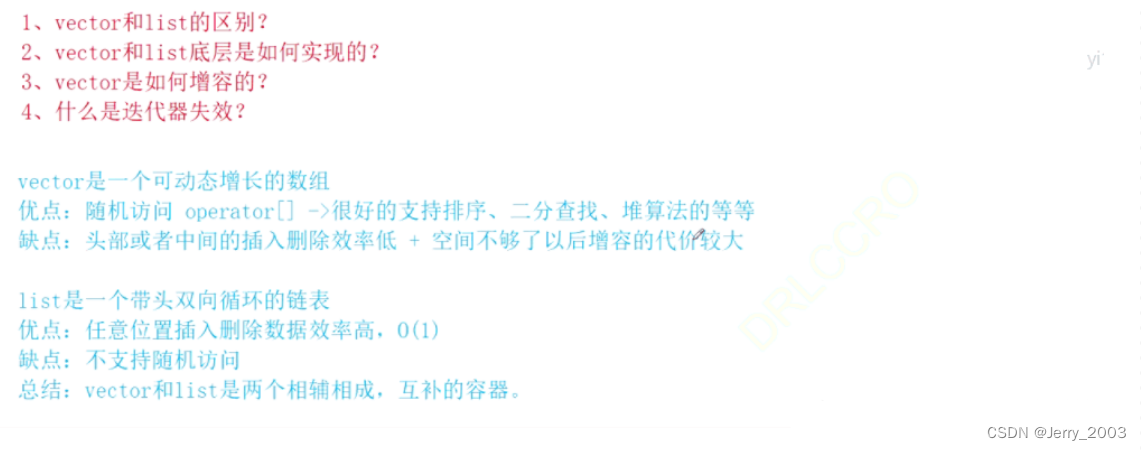










,批量改成“宋体小四、1.5倍行距、蓝色字体、去掉五分钟”)



——js垃圾回收机制 // 堆和栈的区别)
![[项目前置]websocket协议](http://pic.xiahunao.cn/[项目前置]websocket协议)









编程 1)
